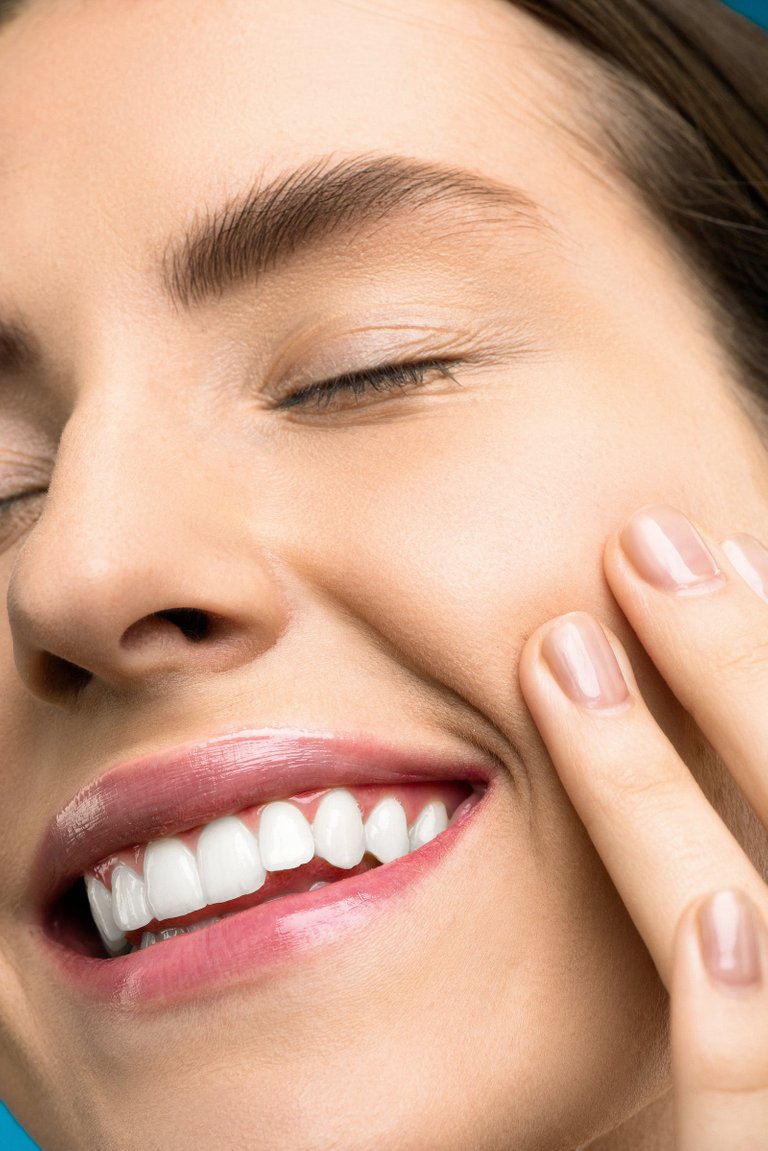The possibility of having a bad set of teeth.
I was watching some video clips with a friend and a slide showed a man whose teeth were literally rotten, I thought it was not possible to have teeth that bad, it would have been some editing obs done there, but my friend insisted that she has seen someone whose teeth was as bad as that, and I just couldn't figure out the possibility of having such a bad tooth. The teeth are a sensitive part of the body that requires special attention and care.
Enamel is the hard outer part of a tooth, the progress of tooth decay affects the really deep layers of the tooth resulting in cavities, and the consistency of tooth decay eventually results in bigger complications which lead to cavities. Adequate treatment can help prevent the spread of tooth decay.
Tooth decay is also called dental caries or simply called cavities, this tooth decay is a disease that creates the breakdown of tooth enamel. Once the enamel has been completely enveloped, cavities begin to form around the teeth.

pexels
The teeth consist of three layers;
Enamel: This is the outer region of the teeth, the layer protects the inner layers of the tooth. It is really strong, priding itself to be the hardest structure of the human body and it contains no living cell.
Dentin: This is the second layer of the tooth, the damage to the enamel will lead to the exposure of the dentin. There are small tubes found within the dentin, these small tubes give room for hot and cold food substances to stimulate the tooth nerve, this stimulation will cause pain and tooth sensitivity.
Pulp: The center of the tooth is known as the pulp, this pulp contains nerves, vessels, and even connective tissue.
The severity of tooth decay depends on the level of damage caused to the teeth. At the early stage of tooth decay, there might be little to no symptoms felt, but as the decay proceeds and gets worse, these symptoms are experienced.
- Bad breath.
- Regular tooth pain.
- Tooth sensitivity.
- Tooth cavity.
- Having food trapped within the teeth.
- Difficulty with biting some food.
- Loose fillings.
- Visible holes in the tooth.
- Stains on the tooth surface which could either be black, brown or white in color.
Plaque is a sticky layer formed with bacteria that forms on the teeth, with the consumption of starchy and sugary food, this bacteria produces acid that affects the tooth enamel.
The possibility of having tooth decay is increased through;
Certain drinks and food: Some type of food easily gets away from the teeth with saliva, and some other food types will need extra brushing to get off the teeth. Those food type that takes time to get off the teeth has a higher chance of causing decay than those ones that can easily be washed away by saliva.
Genetic factor: Certain types of bad eating habits run through some families and certainly the side effects associated with the eating habit will follow suit, a very good example is tooth decay.
Insufficient brushing: Refusal to brush the teeth appropriately, especially after hours of food consumption will create the formation of plagues and the first stage of decay begins at this point.
Age factor: Cavities are present more in children and teenagers, and older adults also stand a chance because, with time, the teeth may begin to wear down, and then the gums may begin to recede, which will make the teeth vulnerable to tooth decay.
The presence of a dry mouthDry mouth results from the absence of saliva, the presence of saliva in the mouth helps to prevent tooth decay by removing stains from the tooth but consistent mouth dryness will eventually result in tooth decay.
Refusal to regularly brush the teeth at least twice daily**: We can prevent tooth decay by brushing and removing the stains and substances that saliva could not take out of the mouth.
Eating disorders like anorexia or bulimia.
A weak enamel which could be due to a certain illness or genetics.
How to prevent tooth decay.
Regularly brush your teeth, ensure that you do that at least twice a day while brushing your teeth, make sure that you make use of fluoride toothpaste, if possible, brush after every meal then, especially before bedtime.
Rinse your mouth with a fluoride mouthwash, there are other antiseptic ingredients that will help kill the bacteria-causing plaque.
Regularly visit the dentist for professional oral examination and cleansing.
With a piece of dental floss, brush the teeth on a daily basis with dental floss or interdental cleaners.
Treatment for dental decay.
Fillings: In the presence of cavities occurring from the tooth, the filling can be a suitable treatment option. This process involves drilling the tooth to remove decay, the dentist then goes ahead to shape the cavity to fit the filling, after the shaping, the cavity is filled using materials like dental amalgam or composite.
Flouride early stage treatment: Flouride is a mineral type that strengthens the enamel, a dentist usually would use fluoride which is available in different forms to stop and repair the damage that has happened as a result of tooth decay. A dentist can also apply some professional fluoride treatment straight to the teeth.
Crowns: In order to place the crown for decay treatment, the dentist first takes out the outer portion of the tooth and any form of decay present, the dentist will then take an impression of the tooth and place a temporary crown until there is a permanent one that is ready for fitting, the time frame required until fitting takes plays usually requires 1-2 weeks.

pexels
Root canals: A dentist can go through the process of the root canal to help prevent extraction when the tooth pulp is damaged. Some medicine could also be applied to the tooth to eliminate any form of bacteria present.
Tooth extraction: If the tooth decay has caused serious damage, the next step is usually tooth extraction. The process requires the dentist to numb the damaged tooth and after the removal of the tooth, the dentist usually recommends a post-extraction regime.
After the extraction process, there may be noticed swelling or pain, asides from pain and swelling, if other symptoms like nausea, fever, vomiting, swelling, bleeding, or severe pain that increases over time persist, then it is something to watch out for.
Final Note.
Any set of teeth can go from good to bad to worse within the space of months or years if proper care is not taken, the only way to prevent tooth decay is to ensure appropriate care of the teeth and visit the dental clinic as frequent as you can.
References.
https://www.medicalnewstoday.com/articles/tooth-decay#prevention
https://www.webmd.com/oral-health/guide/tooth-decay-prevention
https://www.medicalnewstoday.com/articles/tooth-decay#prevention
https://www.healthline.com/find-care/articles/dentists/tooth-cavities#prevention
In school, the experts have always cautioned us about the kind of things we should eat and not to because of our teeth. Proper care should be given to the teeth to keep them healthy
I agree, it is extremely necessary to watch the things we eat in order to save our tooth from destruction, thanks.
Thanks for your contribution to the STEMsocial community. Feel free to join us on discord to get to know the rest of us!
Please consider delegating to the @stemsocial account (85% of the curation rewards are returned).
You may also include @stemsocial as a beneficiary of the rewards of this post to get a stronger support.